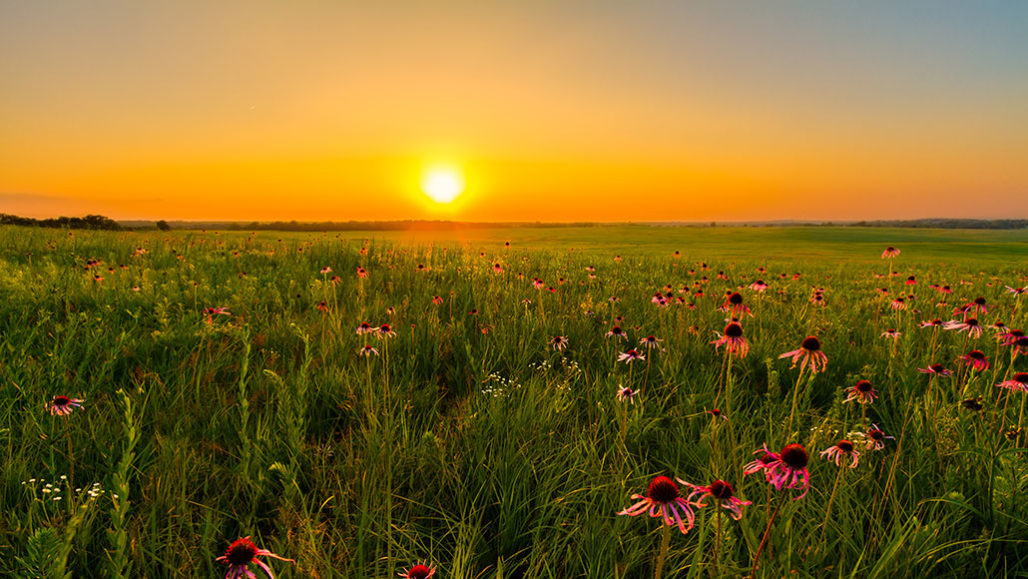bacteria: (singular: bacterium) Single-celled organisms. These dwell nearly everywhere on Earth, from the bottom of the sea to inside other living organisms (such as plants and animals). Bacteria are one of the three domains of life on Earth.
cattle: Also known as bovines (because they’re members of the subfamily known as Bovinae), these are breeds of livestock raised as a source of milk and meat. Although the adult females are known as cows and the males as bulls, many people refer to them all, generally, as cows.
crop: (in agriculture) A type of plant grown intentionally grown and nurtured by farmers, such as corn, coffee or tomatoes. Or the term could apply to the part of the plant harvested and sold by farmers. (in zoology) A throat-like structure that can store food as an animal, especially a bird, moves from the field back to its nest.
ecosystem: A group of interacting living organisms — including microorganisms, plants and animals — and their physical environment within a particular climate. Examples include tropical reefs, rainforests, alpine meadows and polar tundra. The term can also be applied to elements that make up some an artificial environment, such as a company, classroom or the internet.
nutrient: A vitamin, mineral, fat, carbohydrate or protein that a plant, animal or other organism requires as part of its food in order to survive.
prairie: A type of fairly flat and temperate North American ecosystem characterized by tall grasses, fertile soils and few trees.
savannah: An open, largely treeless landscape in tropical and subtropical environments that is dominated by grasses.
temperate: In geography, areas that are cooler than the tropics but warmer than polar regions.








